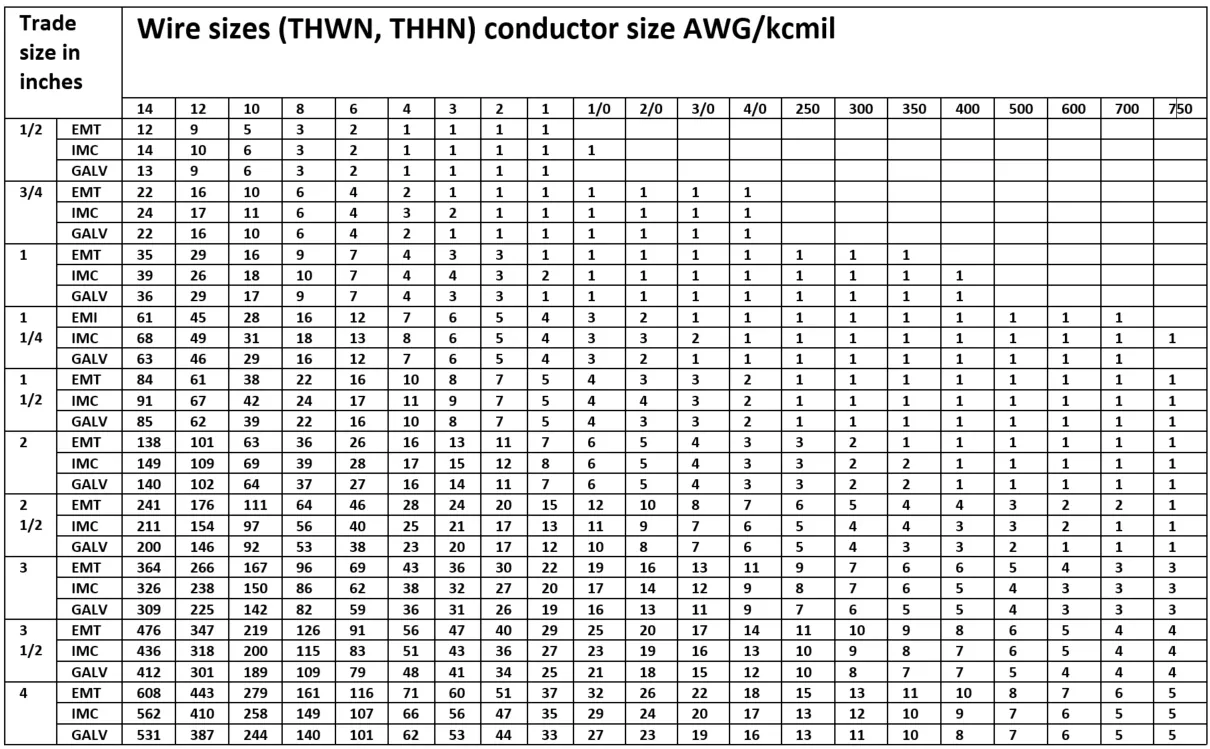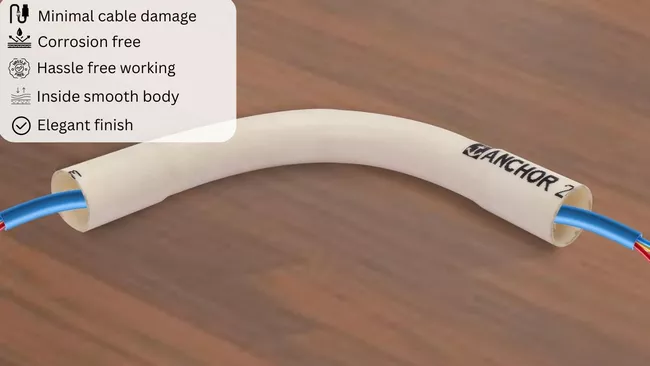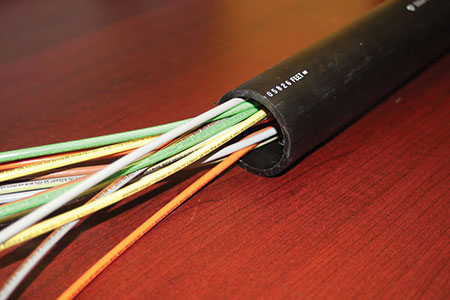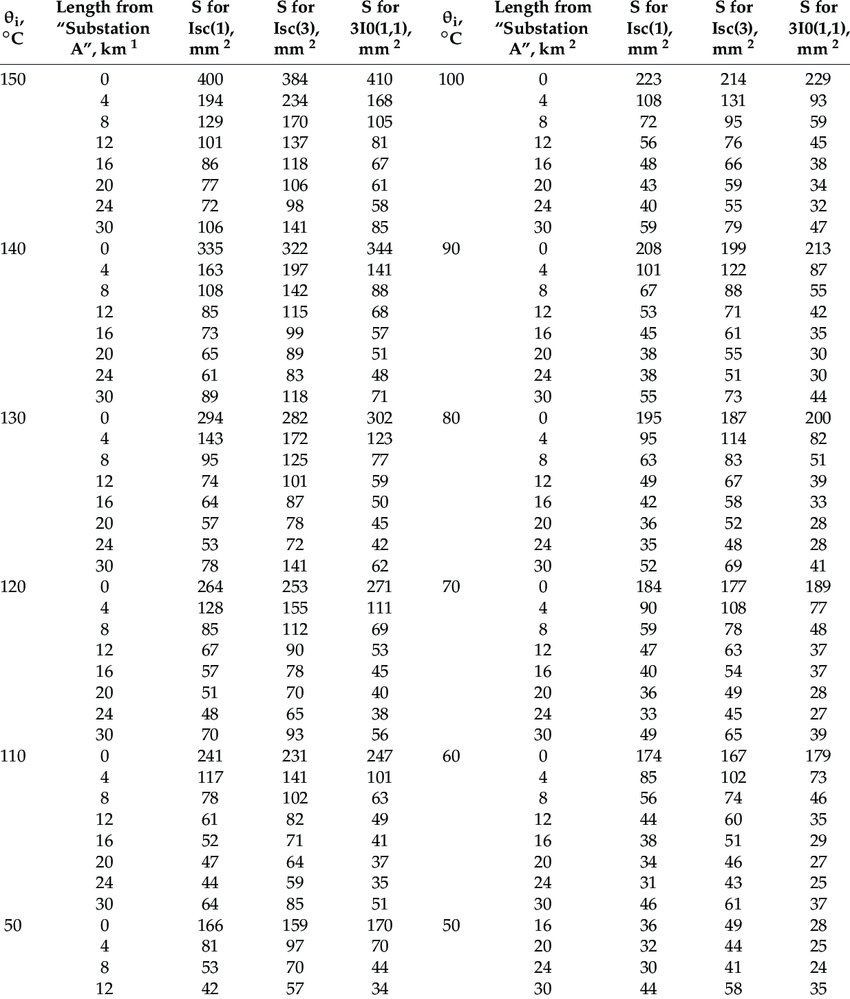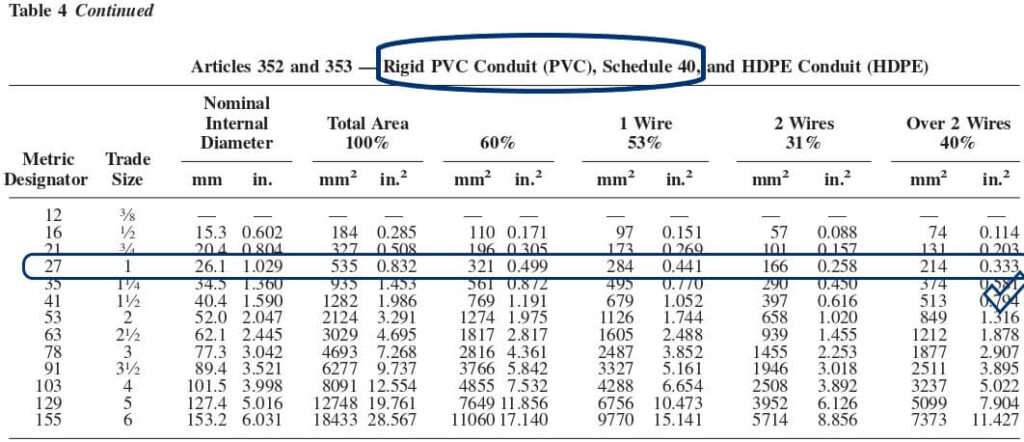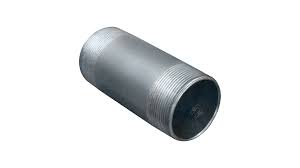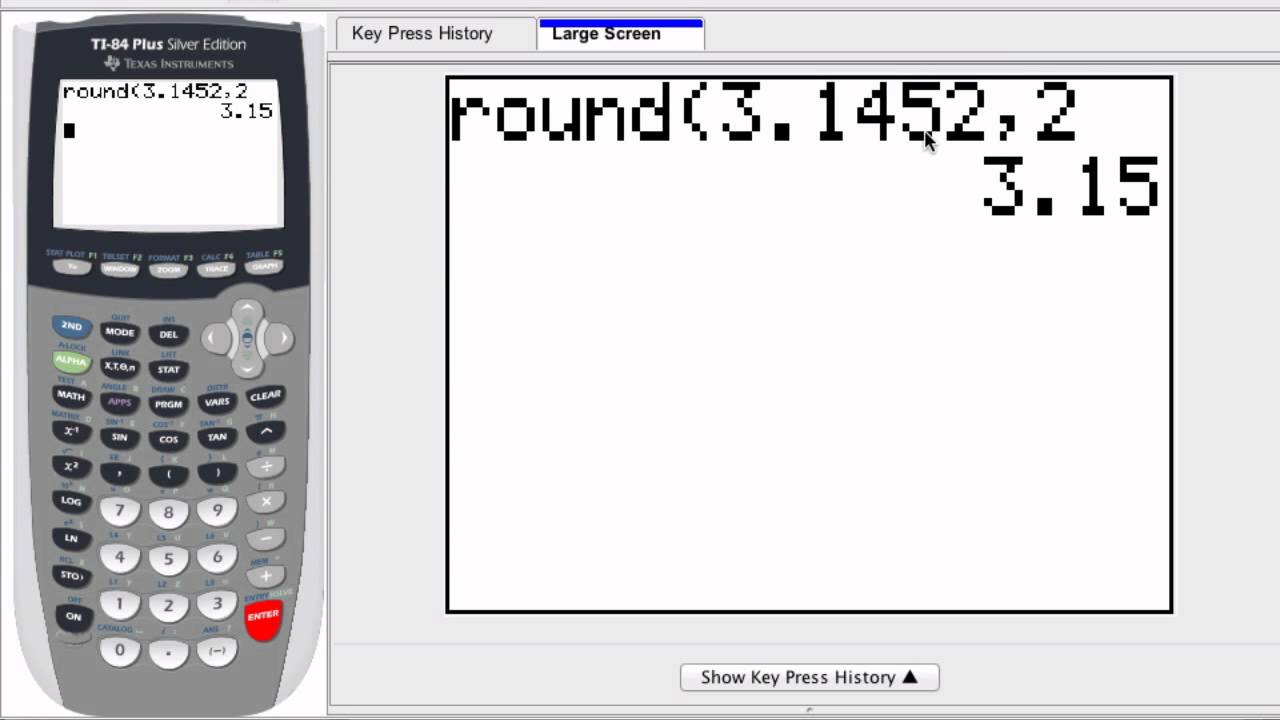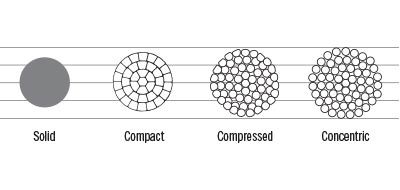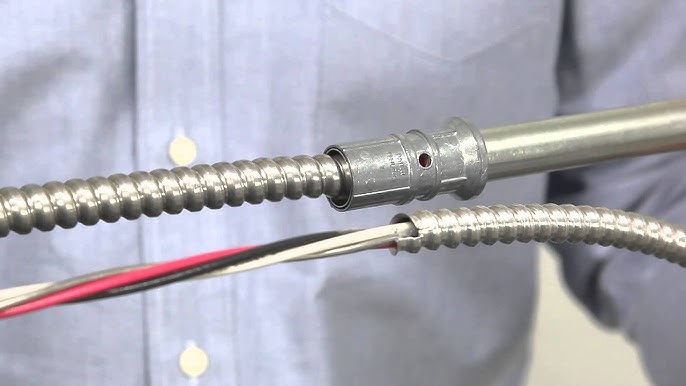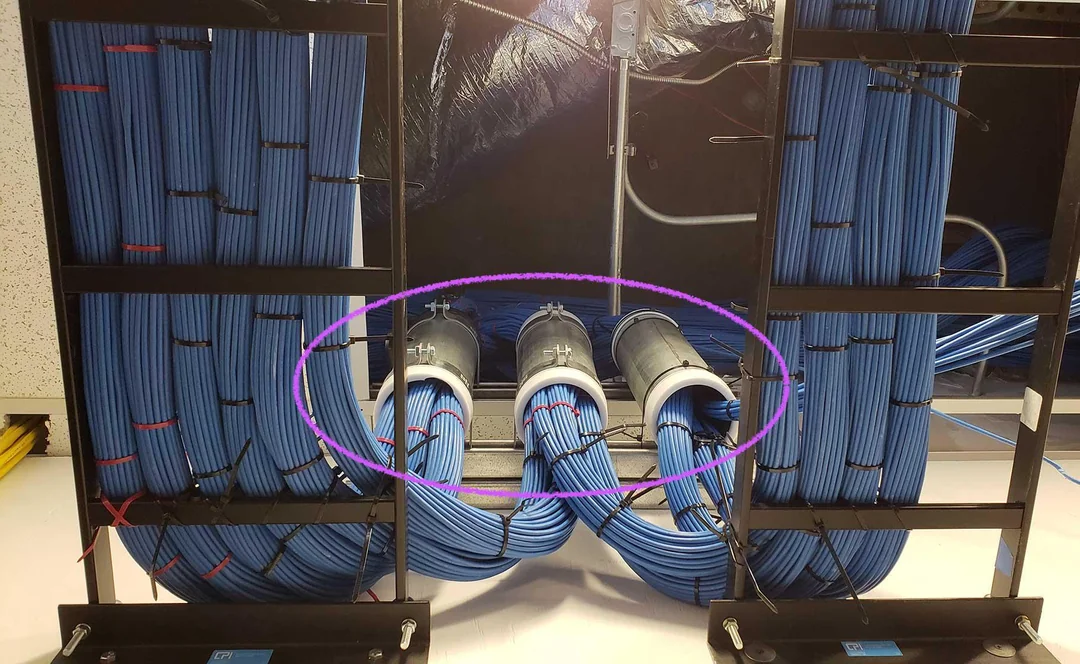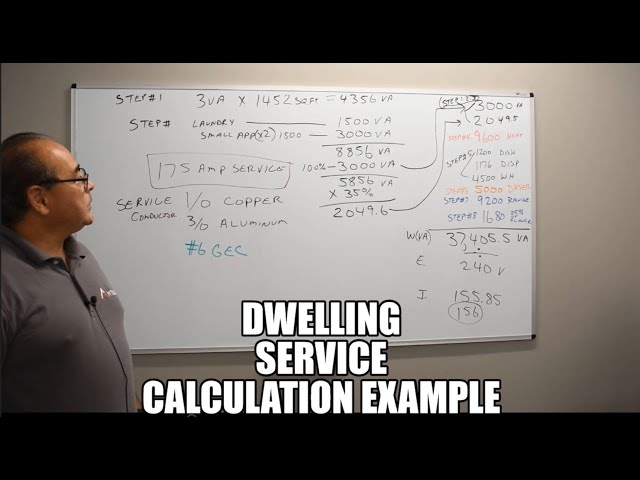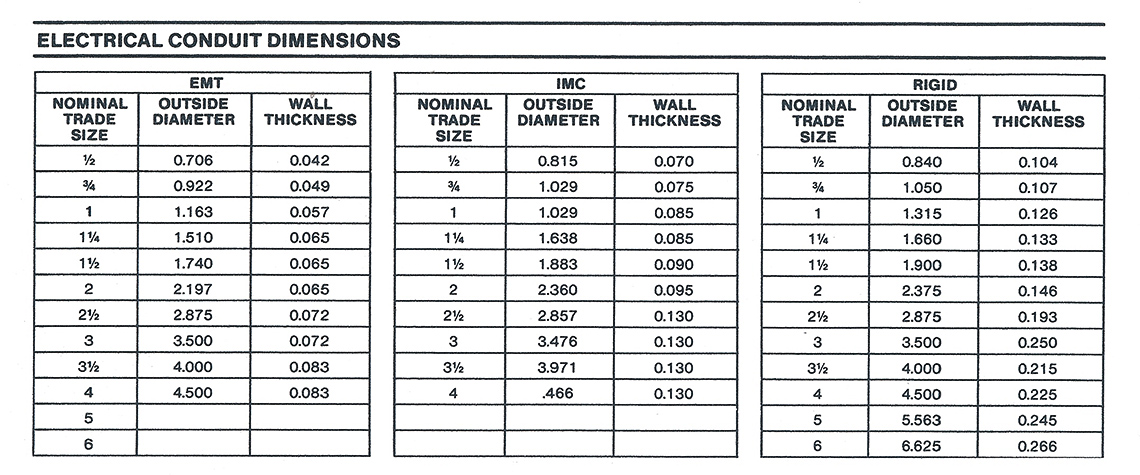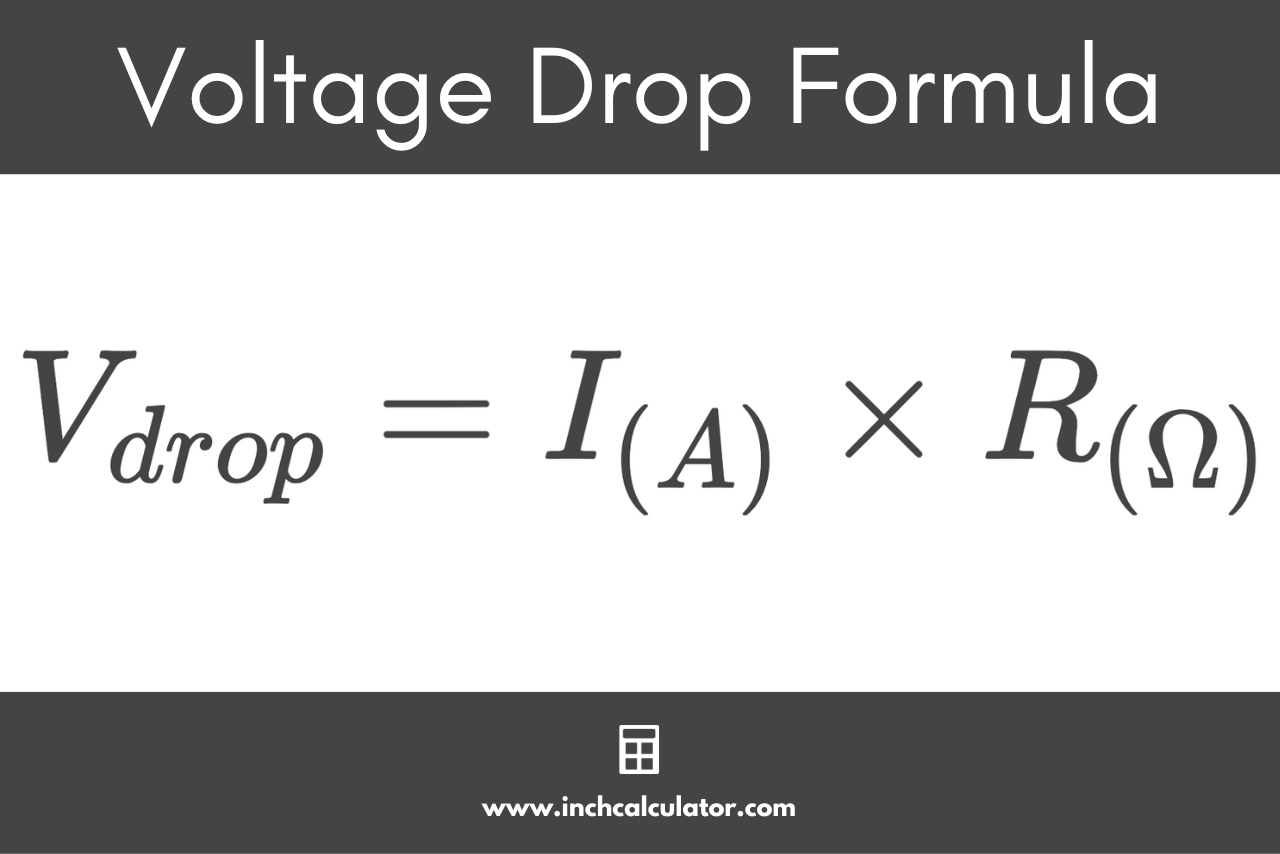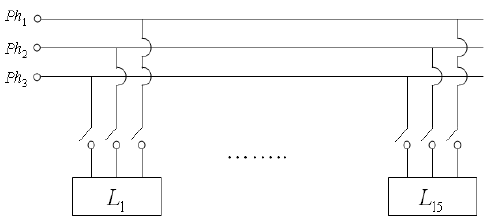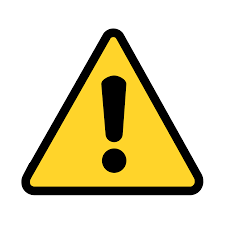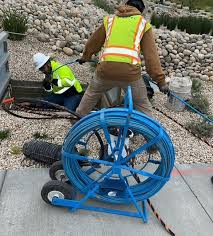🧭
What’s in Chapter 9 (and Why it Matters)
- Table MapExam workhorses: Table 1 (percent fill), Table 4 (raceway dimensions/areas), Table 5/5A (conductor dimensions), Tables 8 & 9 (resistance/impedance).
- WorkflowMost sizing questions = Table 5/5A to get areas → Table 1 percent → Table 4 to pick trade size.
- NotesChapter 9 Notes change the math (e.g., 24-in nipples at 60% fill). Read them or miss points.
- ScopeThese tables support Chapters 1-4 wiring rules. You apply both: Code rule + the right table.
RULE OF THUMB
Use the Right Trio
For insulated conductors in raceway: Table 5/5A → Table 1 → Table 4. That trio answers 80% of exam sizing prompts.
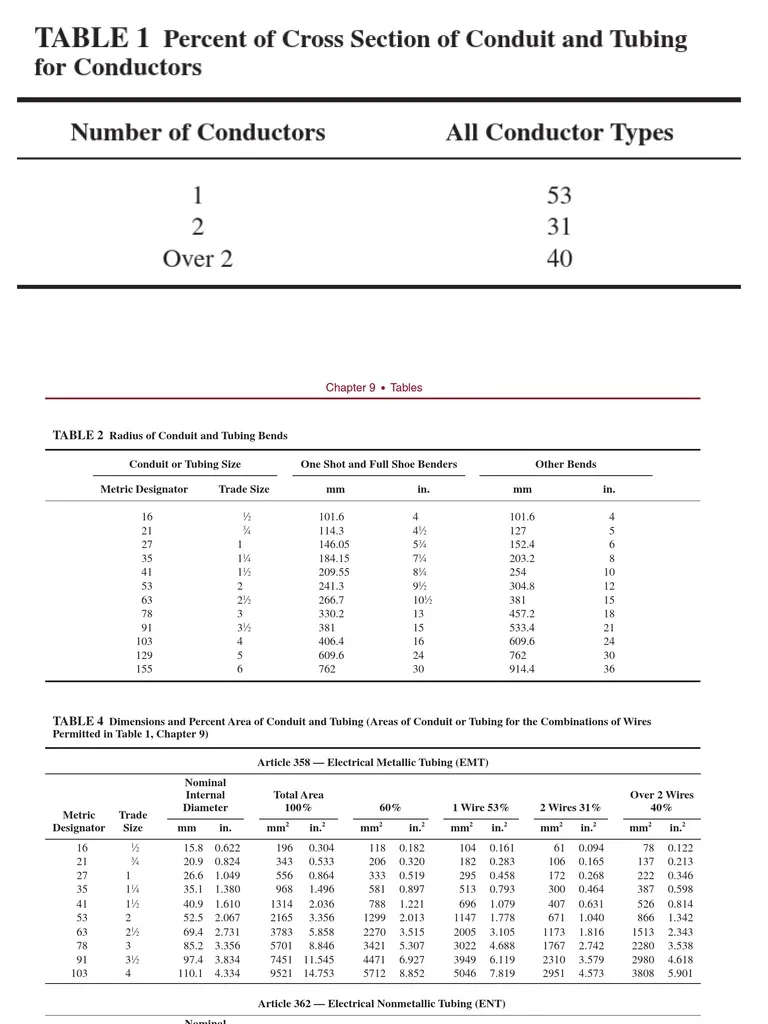
Know which table does what—then chain them.

Mark Table 1, 4, 5/5A, 8, and 9.
